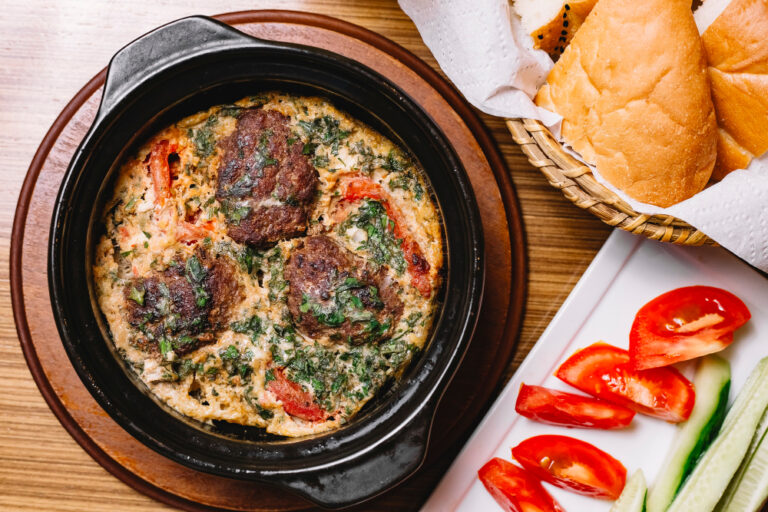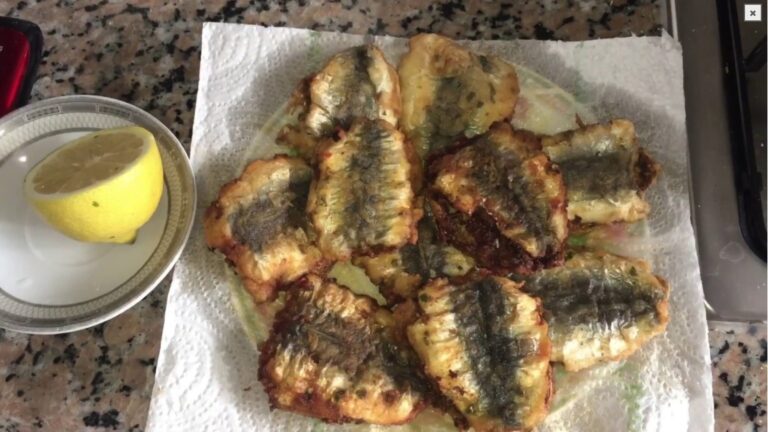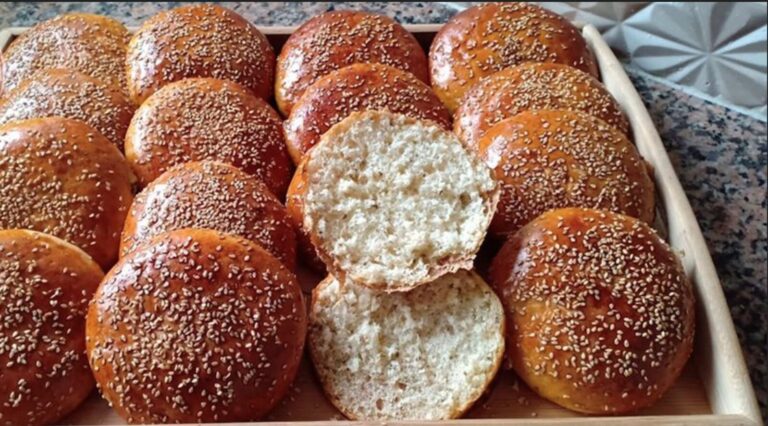
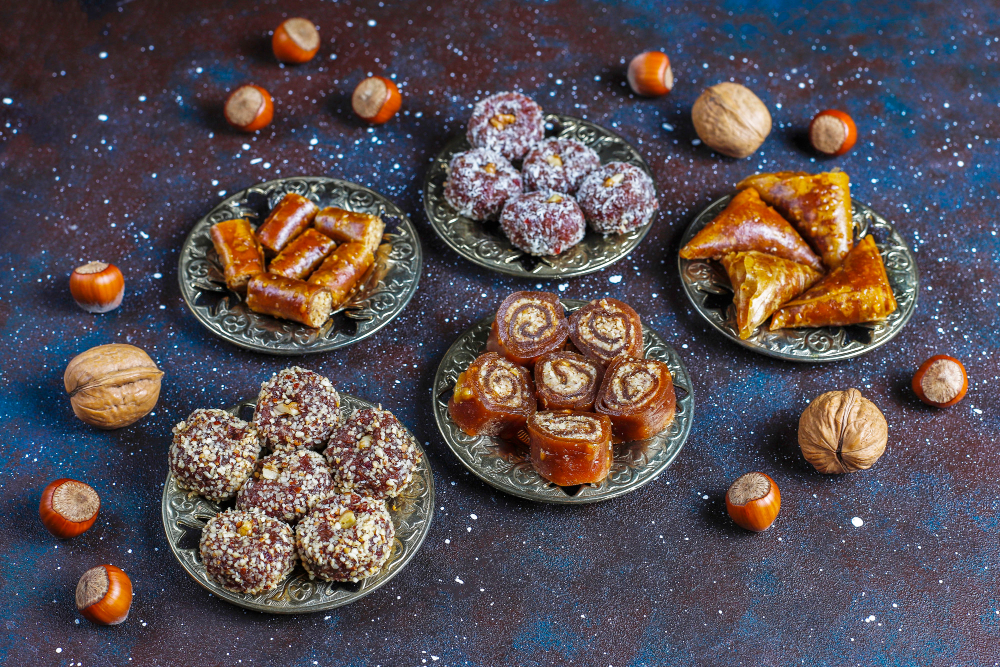
Few countries in the world can match Morocco when it comes to its rich culinary traditions, and nowhere is this more evident than in its desserts. Moroccan pastries are a delightful fusion of flavors, textures, and centuries-old influences. From the nut-filled chebakia dripping in honey to the delicate gazelle horns shaped like crescents, Moroccan pastries reflect the country’s artistry, hospitality, and love of sweetness.
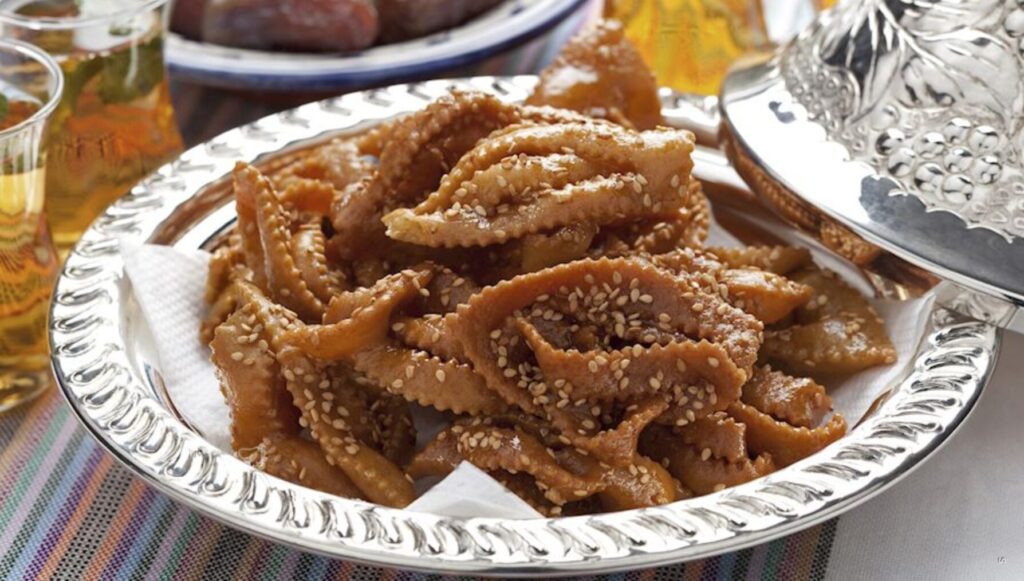
In this guide, we’ll explore the history, must-try pastries, cultural insights, and real-world experiences that make Moroccan desserts a highlight of any journey through the kingdom.
Moroccan Pastries: An Overview
A Blend of Influences
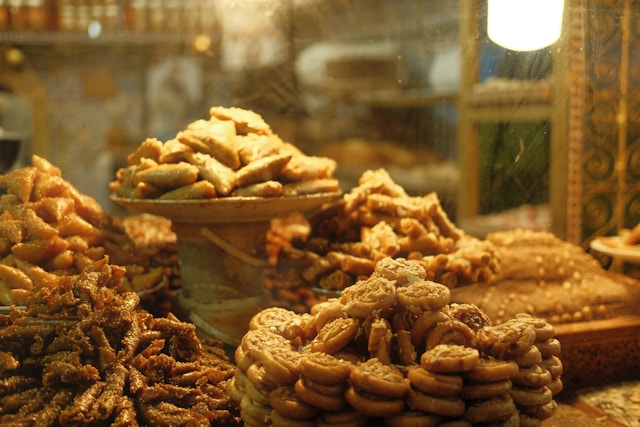
Moroccan pastries have evolved through centuries of cultural exchange. Influences from Arab, Andalusian, Berber, and French culinary traditions shaped Morocco’s dessert table into a diverse spread of flavors. Almonds, sesame, orange blossom water, honey, and spices like cinnamon and anise remain the stars of most recipes.
Pastries as Symbols of Hospitality
In Moroccan culture, offering sweets with mint tea is a universal gesture of welcome. According to Moroccan culture, pastries are not just food—they are part of life’s milestones, from weddings and religious celebrations to everyday family gatherings.
Must-Try Moroccan Pastries
Chebakia – Honey-Sesame Delight
Chebakia, a sesame-coated pastry fried and dipped in honey, is often prepared during Ramadan. Its unique floral shape and sticky sweetness make it one of Morocco’s most recognizable desserts.
Kaab el Ghazal – Gazelle Horns
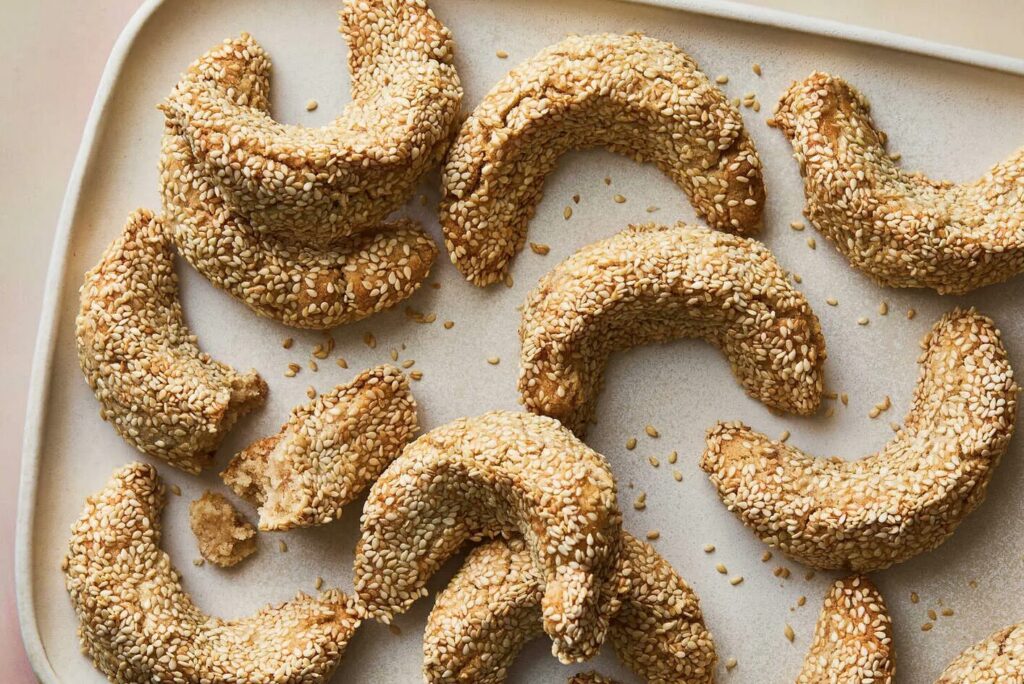
These crescent-shaped pastries are filled with almond paste flavored with orange blossom water. Known as “gazelle horns,” they are elegant, soft, and a true Moroccan classic.
Ghriba – Moroccan Shortbread Cookies
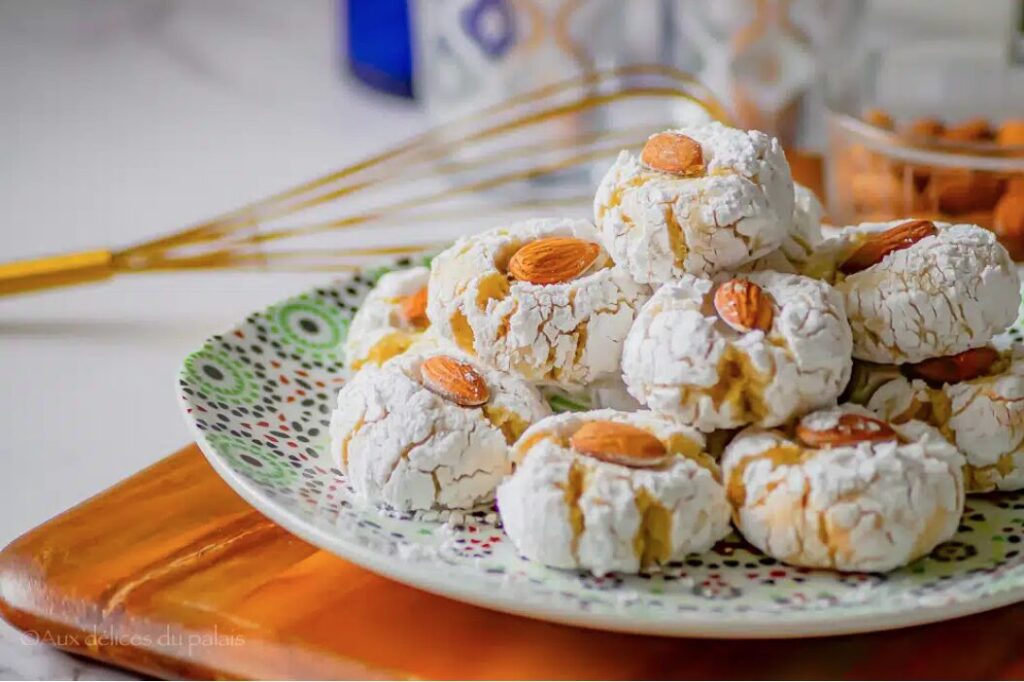
Ghriba are crumbly cookies made with almonds, coconut, or sesame seeds. Their cracked surfaces and melt-in-your-mouth texture make them a favorite with afternoon tea.
M’hanncha – The Serpent Cake
M’hanncha, or “snake cake,” is a coiled pastry filled with almond paste and flavored with cinnamon. Its spiral shape symbolizes continuity and festivity.
Briouat – Sweet or Savory Triangles
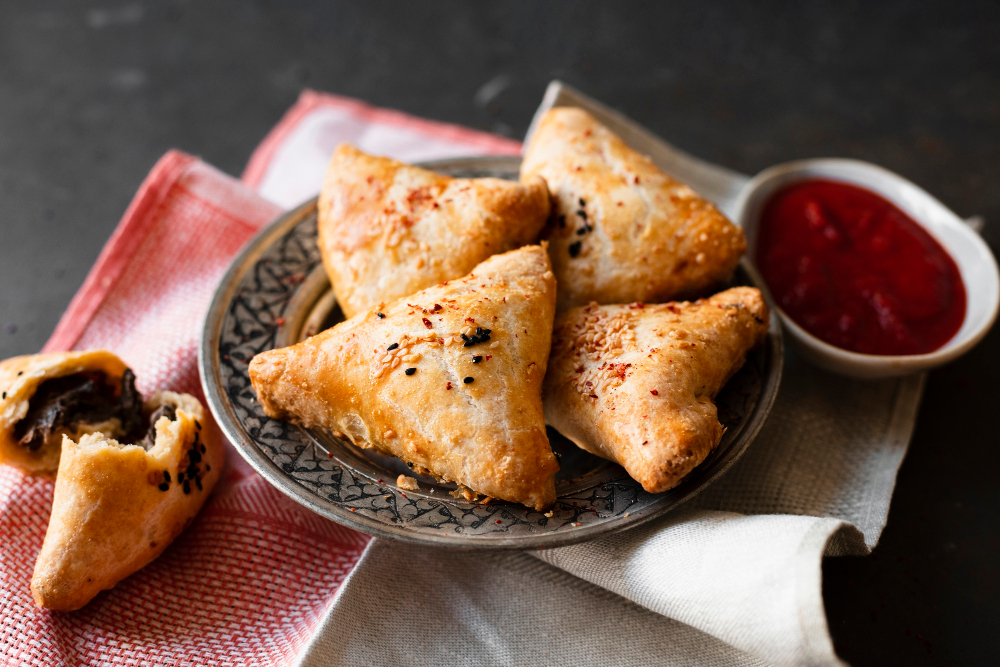
Briouat can be savory (filled with meat or cheese) or sweet (stuffed with almond paste and dipped in honey). These small triangular pastries are often served during celebrations.
Travel Tips and Cultural Insights
Where to Find the Best Moroccan Pastries
- Souks and Medina bakeries: Cities like Fes and Marrakech are filled with traditional bakeries selling freshly made sweets.
- Riads and hotels: Many offer pastries with mint tea as part of Moroccan hospitality.
- Festivals: During Ramadan, Eid, or weddings, pastries are everywhere in abundance.
How to Eat Like a Local
Moroccan pastries are almost always paired with a glass of sweet, frothy mint tea. Locals enjoy them slowly, in good company, turning dessert into a social ritual.
Gifting Pastries
In Moroccan culture, bringing a box of pastries to someone’s home is a sign of respect and generosity. It’s one of the most common and appreciated gifts.
Real-World Traveler Stories
A traveler from Italy recalled being invited into a Moroccan family’s home in Fes, where they were offered kaab el ghazal with mint tea. The delicate almond flavors combined with the warm hospitality left a lasting impression.
Another visitor from the U.S. described wandering through Marrakech’s medina, where the aroma of honey and cinnamon led them to a bakery. They bought a selection of ghriba and chebakia, and while they intended to save them for later, they were gone within minutes.
Future Travel Recommendations and Seasonal Insights
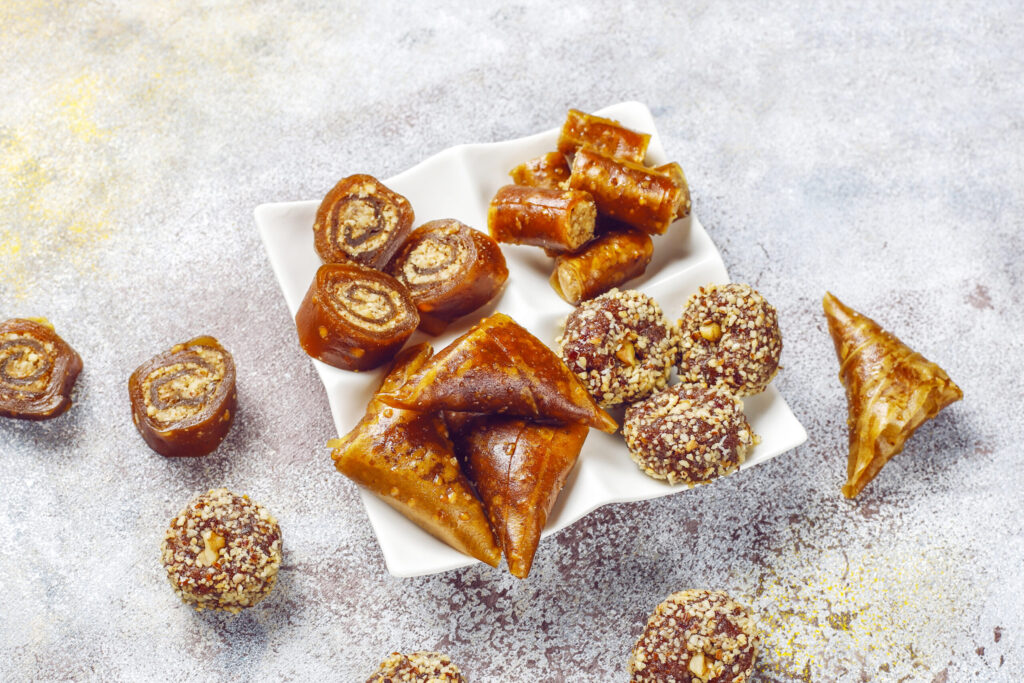
Ramadan and Eid
If you visit Morocco during Ramadan or Eid al-Fitr, you’ll see tables overflowing with chebakia, briouat, and other sweets prepared especially for these religious holidays.
Wedding Celebrations
Moroccan weddings are legendary for their abundance of pastries. Guests can sample dozens of different varieties, each representing a family recipe and local tradition.
Culinary Tourism in Morocco
Food tours focusing on Moroccan pastries are gaining popularity. Travelers in cities like Marrakech and Fes can take cooking classes to learn how to prepare traditional sweets themselves.
FAQ – Moroccan Pastries
What are the most famous Moroccan pastries?
Some of the most famous include chebakia, kaab el ghazal, briouat, ghriba, and m’hanncha.
Are Moroccan pastries very sweet?
Yes, most Moroccan pastries are sweet, often featuring honey, almonds, and sugar. However, their flavors are balanced with spices like cinnamon or anise.
Can I learn to make Moroccan pastries?
Yes! Many cooking schools in Morocco offer pastry-making workshops where you can learn traditional recipes.
Do Moroccan pastries have cultural significance?
Absolutely. Pastries are served during religious festivals, weddings, and family gatherings, symbolizing hospitality and celebration.
Where can I buy Moroccan pastries outside Morocco?
Moroccan pastries are increasingly available in international bakeries and specialty shops, especially in cities with large Moroccan communities.
Conclusion
Tasting Moroccan pastries is more than just enjoying dessert—it’s experiencing Morocco’s history, culture, and hospitality in every bite. From the honey-soaked chebakia to the almond-filled gazelle horns, each pastry tells a story of tradition, family, and celebration.
So, the next time you sip mint tea in Morocco, don’t forget to pair it with one of these sweet treasures. Whether you’re wandering through a bustling medina, attending a wedding, or joining a cooking class, Moroccan pastries will leave you with a delicious memory to cherish.

